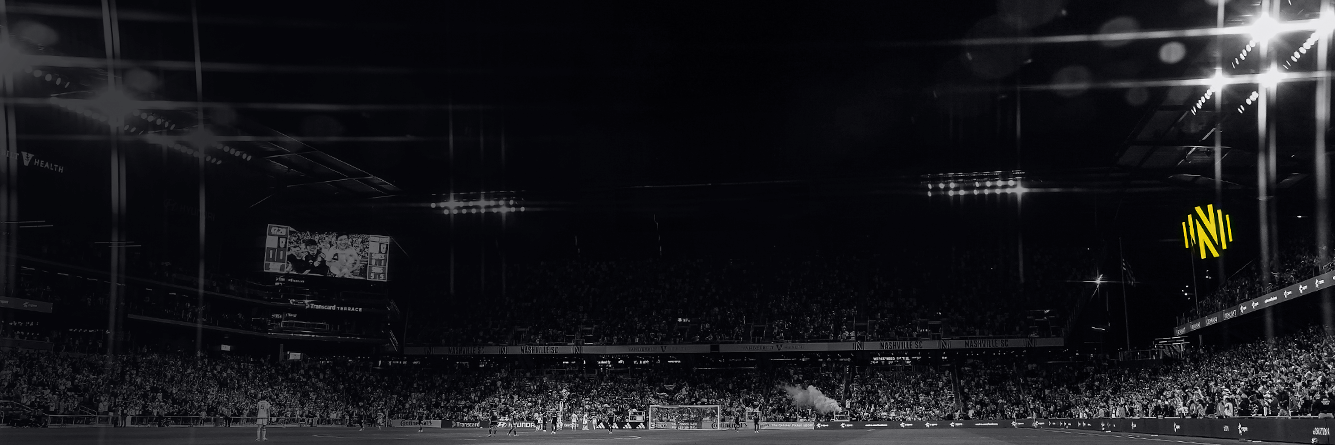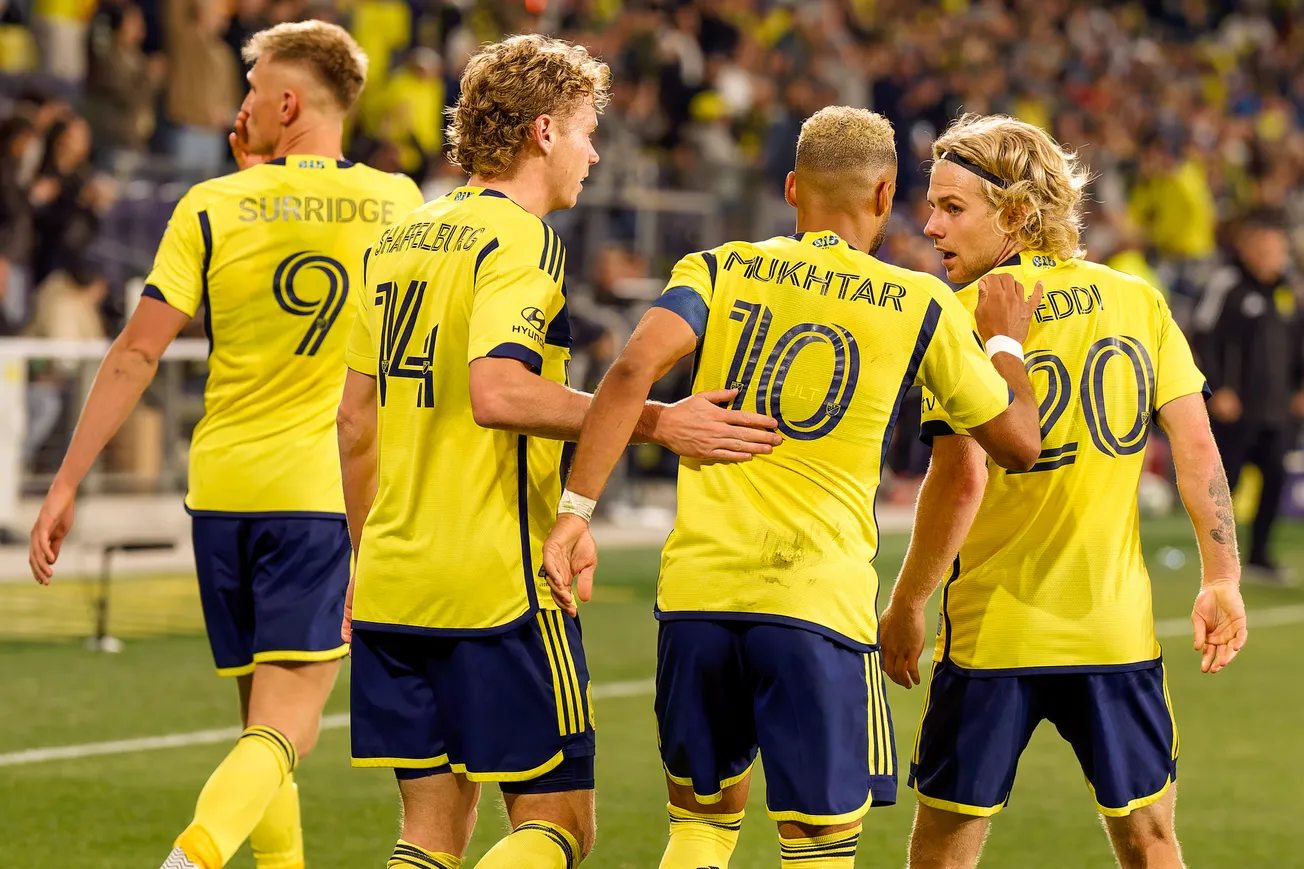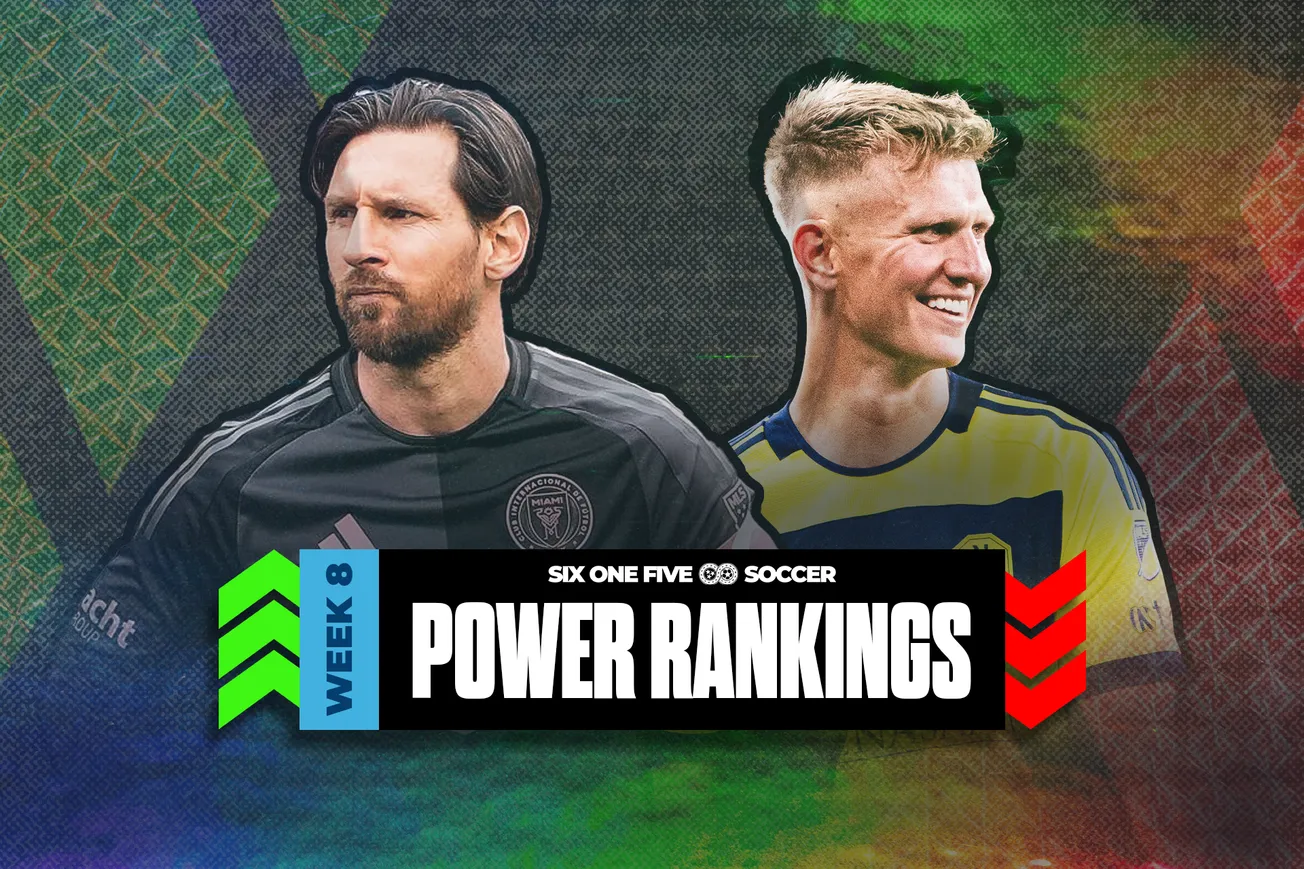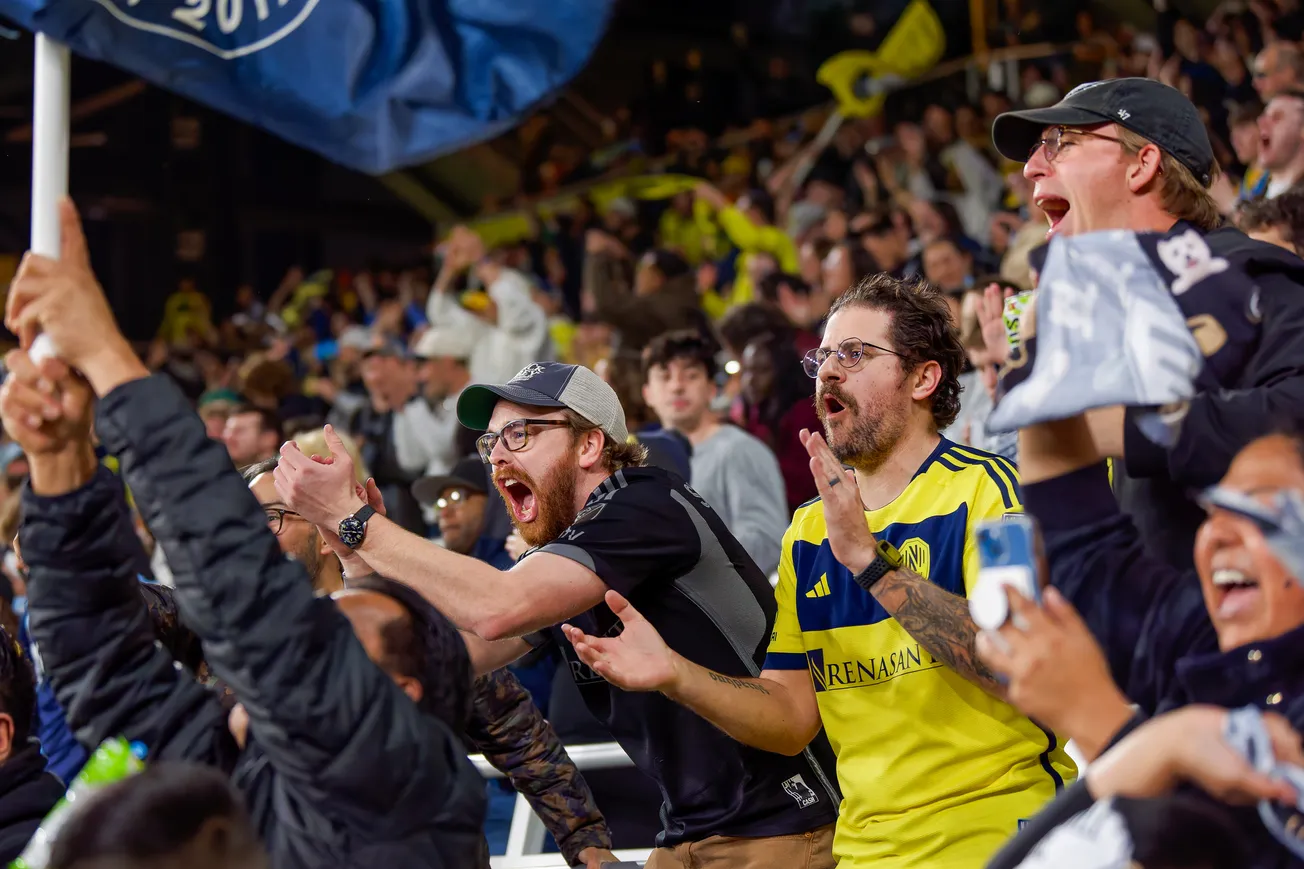Nashville is coming off perhaps their biggest win since the 2023 Leagues Cup run.
Fueled by excellent tactical decisions and a strong supporting cast, Nashville dominated the league-leading Philadelphia Union, handing them their first loss of the 2025 campaign. BJ Callaghan is only 15 games into his managerial career, and while I believe he made some mistakes against the New York Red Bulls, he didn’t repeat them against similar opposition. Nashville and Callaghan demonstrated their ability to win a road game against an elite, pressing team by tinkering with their Plan A.
Learning from their mistakes
Nashville SC naively tried to navigate the Red Bull press using short passes and hapless dribbling. Their young midfield of Wyatt Meyer and Matt Corcoran (both making their second-ever MLS appearances) combined for just two progressive actions, and the team achieved only 52.4% success in their dribbles, the lowest percentage of the season. This placed immense pressure on their backline, leading to Nashville's first and only loss to date.
This wasn't the case in Chester on Sunday. Nashville reverted to some of their old habits and reminded themselves of the importance of the long ball. Against the Red Bulls, nine percent of Nashville’s passes were long balls, compared to 21% against Philly. When facing a high-pressing team, there’s no shame in simply sending it long when under pressure. Nashville also recorded twice as many clearances against Philly as NYRB. You can’t lose possession in a dangerous area while clearing it downfield.
I don’t mean to suggest that NSC resorted to the purely defensive and long-ball style that fans have been accustomed to seeing on the road. That’s simply not what happened. Watching the game, it's clear there was still a purpose to Nashville’s possession. Look at the two pass maps below.


The graph on the left is Nashville against the Red Bulls, and on the right is against the Union. You can see the long, stretching passes from back to front against Philly, allowing Hany Mukhtar, Sam Surridge, and Ahmed Qasem to run in behind and have a much higher average position than the compact, low-shape Nashville averaged against the Red Bulls.
This produced more touches in the attacking third and opposing box for Surridge and Mukhtar, leading to NSC’s first two goals. The individual pass charts also illustrate this tactical change. Each horizontal pass around the back increases risk against a pressing team. Get the ball forward where Philly can't press, and NSC can score goals. It’s deliberate passing scheme designed to eliminate risk while trying to take advantage of small windows of opportunity.
Purposeful possession
You may notice that NSC completed a lower percentage of their passes against Philly. That’s not because they were sloppy, but because they were purposeful and aggressive. 24 progressive passes from the backline were completed at a 44% clip against Philly, compared to 16 completed at 42% against NYRB.


Via McLachBot
I believe pass completion percentage is a relatively meaningless stat. It’s easy to inflate this figure with short passes that don’t increase the scoring threat. This is also evident when examining NSC’s xThreat from our sample of games. “Expected Threat" (xT) is calculated by laying a 'value surface' over a football pitch to divide it into zones, where each zone has a value assigned to it based on how likely a goal is to be scored from that zone. Players can then be credited for moving the ball from zone to zone," according to Statsbomb.
Nashville generated more xT against Philly with significantly fewer passes and carries than against Red Bulls. They moved the ball with intention and completed passes when it mattered.
Nashville was also more efficient in and around the opposing box. Against Red Bulls, they produced 17 touches in the box from 56 passes in the attacking third, compared to 21 touches from 38 passes against Philly. I discussed this last year during the early games under Callaghan: possession for the sake of possession is pointless. You need to get the ball around the goal to score. Against Philly, Nashville performed significantly better in that phase of the game.
Good teams and coaches learn from their mistakes and find other ways to win when Plan A doesn’t work. A first-choice midfield would always lead to some improvement from two weeks ago, but the minor tactical tweaks made the difference. This performance was encouraging and rejuvenated a burnt-out fanbase.
The future of Nashville SC is very bright, and it may be closer than we thought.









